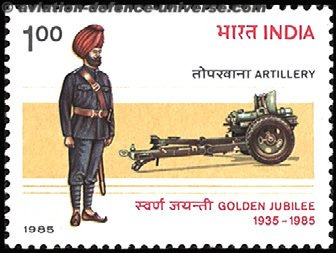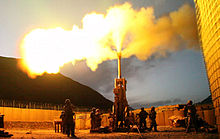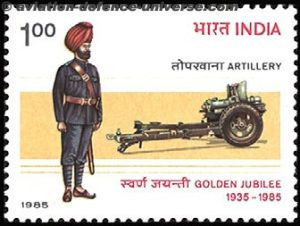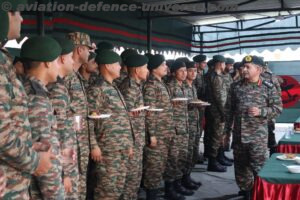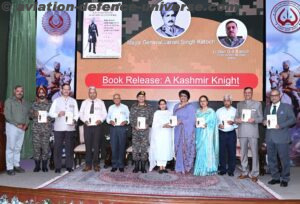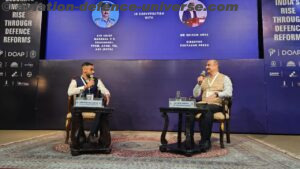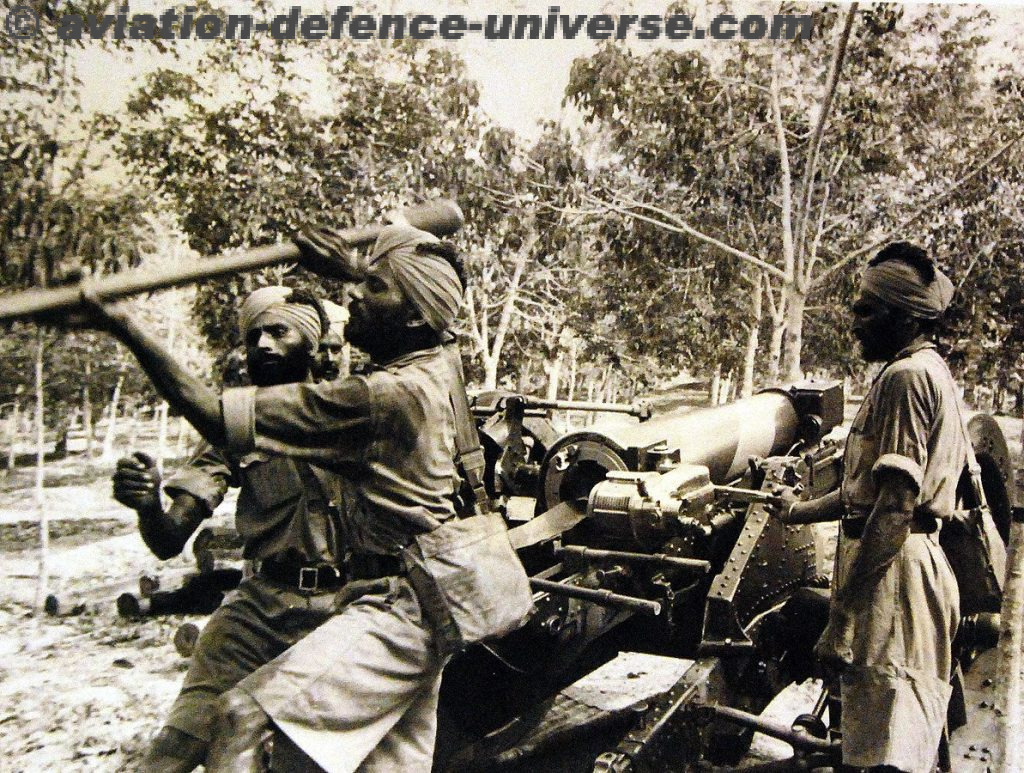
- Army celebrates 196th Gunners Day
By Team ADU
New Delhi. 28 September 2023. Artillery the trailblazer in Make in India’s success. The story of Make in India started from this arm of the Indian Army and down the years the nation marched towards becoming an Aatmanirbhar Bharat in Defence led by the Corps of Artillery.
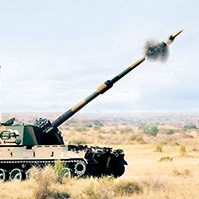
The most important defence industrial development in the new century has been the advancement in indigenous artillery. The top Indian defence majors L&T, Tata Advanced Systems and Bharat Forge have set up their production lines within the country. The story does not end here. They have not only created an eco-system to build, retrofit, upgrade and export but some of them have also created their own testing facilities. Orders, follow on orders and hopes of export orders make the artillery march and drive of Indian industry fast paced on the right path forward.
It was in an upbeat mood that the Regiment of Artillery, as the second largest Arm of the Indian Army celebrates 195th Gunners’ Day today. Amidst celebrations it is just apt to remember that the day has a special significance in the annals of the history of the Regiment of Artillery as the first Indian Artillery Unit, 5 (Bombay) Mountain Battery equipped with 2.5 inch Guns, was raised on this day in 1827.
Indian Artillery Corps has been the backbone of 1947-48, 1962, 1965, 1971 and 1999 recently. The regiment of Artillery has also undertaken major steps towards modernisation, both in terms of equipment and support systems under “Make in India” initiative of the Government of India , despite a two decades of gap in procurement since Bofors.
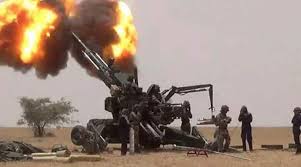
The Regiment of Artillery is an operational arm (a regiment/corps) of the Indian Army. Formerly part of Royal Indian Artillery (RIA) of British Indian Army which itself traces its origins to the formation of Bombay Artillery in 1827. It was later involved in extensive service in the First World War, in East Africa, Gallipoli, Mesopotamia and Palestine.
Today the Indian Artillery Corps is the second largest arm of the Indian Army, and with its guns, mortars, rocket launchers, unmanned aerial vehicles, surveillance systems, missiles and artillery firepower, it constitutes almost one-sixth of its total strength.
Historically Mughal Emperor Babur is popularly credited with introduction of Artillery in India, in the Battle of Panipat in 1526, where he decisively used gunpowder firearms and field artillery and defeated the much larger army of Ibrahim Lodhi, the ruler of the large North Indian Delhi Sultanate, thus not just laying the foundation of the Mughal Empire but also setting a precedent of all future battles in the subcontinent. However evidence of earlier use of gun by Bahmani Kings in the ‘Battle of Adoni’ in 1368 and King Mohammed Shah of Gujarat in fifteenth century have been recorded.
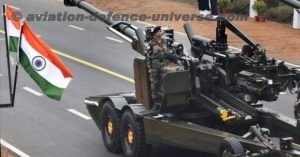
The East India Company raised the first regular company of Artillery in 1748, with a small percentage of Indian Gunners called Gun Lashkars, Tindals and Serangs. A few Indian mountain artillery batteries, officered by the British, were raised in the 19th century and formed part of the Royal Artillery. The Royal Indian Artillery (RIA) of the British India Army, was raised on September 28, 1827, as a part of the Bombay Army, a presidency army of the Bombay Presidency. It was later renamed as 5 Bombay Mountain Battery, and participated in the First Anglo-Afghan War (1839–1842).
The Indian Rebellion of 1857 was sparked off in Meerut on 10 May 1857. Many of the Indian personnel of the Bengal Artillery were involved in the mutiny and the three battalions of foot artillery then in existence were all disbanded in 1862. Subsequently all Indian artillery units were disbanded except for four mountain artillery batteries of the Bombay Army and four field batteries of the Hyderabad Contingent. Major Richard Keatinge of Bombay Artillery was awarded the Victoria Cross in 1858 for his service during the Indian Rebellion. So this os self explanatory how important artillery is to any battle and any Army.

George S. Patton famously said, “I do not have to tell you who won the war. You know, the artillery did.” Over the ages, Artillery has proven to be the arm of decision, a battle winning factor and will continue to be the pivotal arm in all future battles. The Indian Regiment of Artillery has embarked on a path of modernisation, both in terms of equipment and support systems as well under the “Make in India” initiative of the Government of India after more than thirty years since it got the Bofors.
As per the Army’s Field Artillery Rationalization Plan of 1999, the force needs to have 2,800 guns by 2027. Additions like Advanced Towed Artillery Gun System (ATAGS), Sharang, ULH, Vajra and Dhanush have made Indian Army not only self sufficient but also a force to reckon with.
